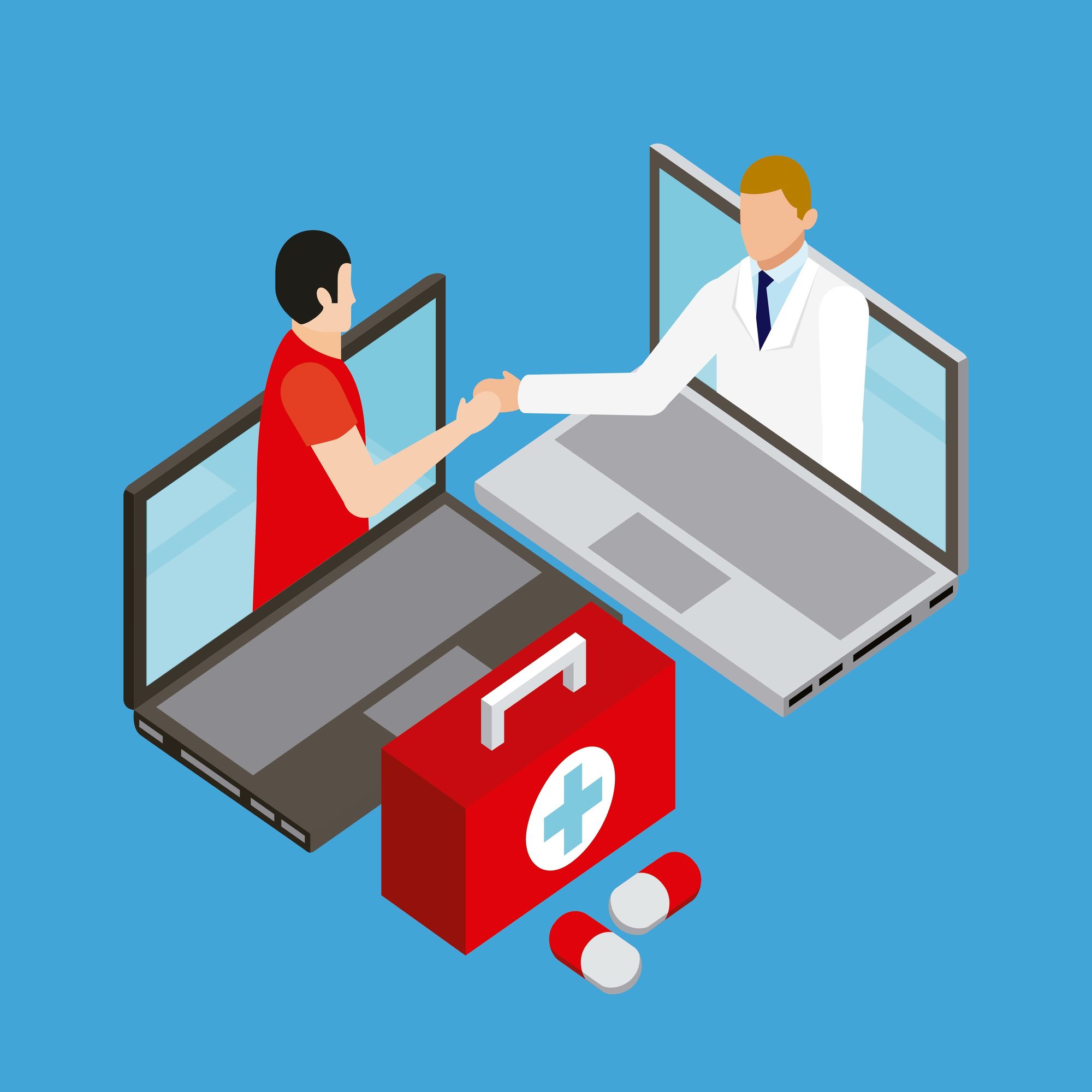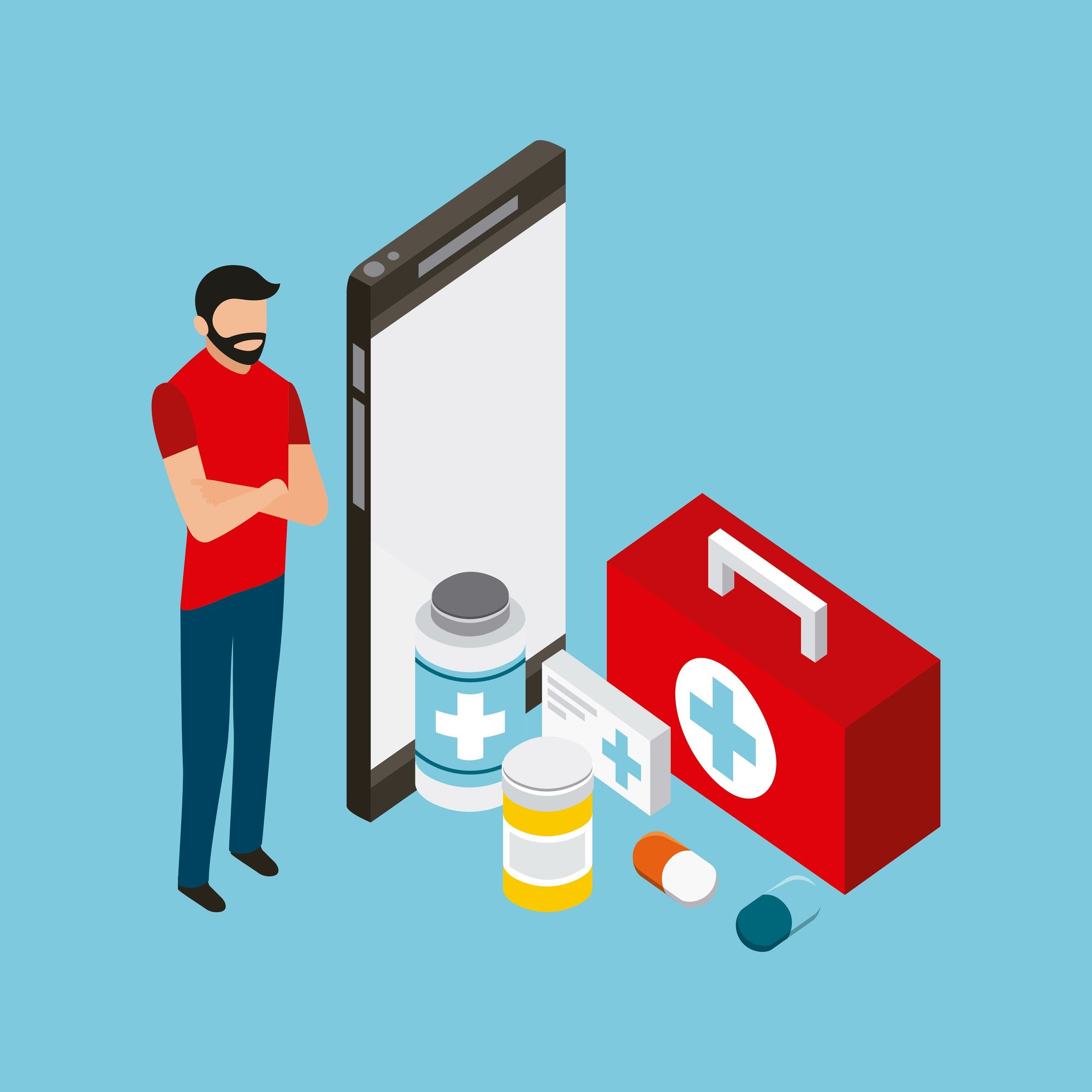7 Tech Tools To Help Improve Patient Experience In Healthcare
As the trends continue to lean against value-based care, healthcare organizations, leaders, and providers should take advantage of tech tools that build and provide a positive patient experience.
Positive patient experience is a key ingredient of a successful healthcare organization. Of course, no patient will be willing to stay and get treated in a medical facility that doesn’t prioritize their needs, value them, and protect their sensitive data.
Therefore, the industry should make services as patient-centered and uncomplicated as possible. As healthcare organizations focus on delivering value-based care, providing services that result in an excellent patient experience becomes more crucial.

Healthcare organizations and leaders may use a wide range of tech tools that may help them foster consistent and relevant patient experience. Besides, these tools boost patient engagement, especially when patients have difficulties seeking medical help.
However, you may be wondering what these tech tools are. In this article, you’ll discover the essential tech tools that may help improve and provide a positive and relevant patient experience:
1- Patient Portals
Patient portals is an online web application that allows patients to access their personal health information wherever they are, whenever they want. This will work as long as they have a reliable internet connection.
With a username and password, patients can view and check all the information concerning their health. This includes:
- Medications
- Doctor visits
- Allergies
- Immunizations
- Discharge documents
- Laboratory test results
Other patient portals may also allow patients to:
- Secure payments on time
- Message their doctors
- Request additional prescriptions
- Schedule appointments
- Download forms
Patient portals let more patients, especially new ones, feel pleased because they don’t have to complete paper documents and repeat the same information to the reception area. This allows them to get the treatment they need immediately.
In addition, receptionists don’t have to transcribe every detail manually because the patient has already done this using their personal portal.
This reduces human errors that may prolong waiting time and cause mistakes when receiving a diagnosis.
Ensure you’d be careful, though, as hackers may try to steal the information registered in every patient portal. So, ensure you establish solid cybersecurity protocols to prevent them from using your data and hacking your systems. You may consult San Antonio IT support providers to keep your data protected at all times.
2- Appointment Reminders
Use a software solution that allows you to track patient records and the data gathered to set appointments and reminders. Many patients find it useful as it helps them remember every consultation they have to meet.
Patients may receive reminders through:
- Text messages
- Emails
- Voicemails
Likewise, appointment reminders record the times patients fail to attend their scheduled appointments with their doctors. This feature encourages them to avoid having no-shows as a sign of respect to their medical provider.
3- Mobile Health Application

These days, most people spend their time using their smartphones to interact with other people and search for the information they need.
If that’s the case, you may create a mobile health application that patients can download onto their mobile devices. These are similar to patient portals but are more accessible and easier to use. Just download the app, create an account, and login using their credentials.
Once done, your patients are good to go. They’ll be able to access their medical health information as quickly as possible without opening a browser. However, you still require reliable internet for the health app to function effectively.
Incorporating emerging technologies like AI-powered solutions can further advance patient satisfaction. One revolutionary tool in this arena is an AI medical scribe that automates documentation, enabling caregivers to remain fully engaged with the patient. Lindy AI specializes in streamlining medical record tasks, enhancing provider efficiency, and ensuring accurate visit summaries without the need for manual input, elevating both provider and patient experiences.
4- Electronic Prescribing
Electronic prescribing, or e-prescribing, allows healthcare providers to encode prescriptions into a device, such as computers, tablets, and laptops, using a software program. The information will go to pharmacies through a request.
Upon receiving this request, they’ll start filling in the medications required immediately.
Patients may use e-prescribing to request medication refills. Once they do, their doctors will create a prescription they can send directly to pharmacies. Requesting medication refills has never been more convenient and safer with the help of e-prescription, increasing patient engagement.
5- Telemedicine
Telemedicine is one of the most convenient ways to diagnose and evaluate patients based on their medical conditions. As the name implies, it works with the help of telecommunication solutions that allow doctors and patients to collaborate at a distance.
It also allows healthcare providers to see more patients every day.
Telemedicine can be done through:
- Telephone appointments
- Online chat support
- Video telecommunications through online messaging software solutions
Many patients find telemedicine more convenient than conventional medical appointments because it helps them save more time and money. They don’t have to spend more on gas and leave work to attend a medical consultation.
However, be careful as telemedicine is vulnerable to hackers, which may pose a severe risk for your healthcare organization. So, always ensure that your connections are secured when making online appointments with your patients to protect all the data you may gather.
6- Real-Time Patient Experience Surveys
Let your patients know via patient surveys how you value them by asking them how they feel while under your care. This will help you identify everything you need to improve to provide an excellent patient experience and boost patient engagement.
Here are the following areas you might need to improve:
- Waiting time
- Waiting room ambiance and comfort levels
- Bill payment procedures
- Information and support
- Reminders
- Opening time
- Appointment-making processes
Meanwhile, you can conduct surveys through the following:
- SMS-generated surveys
- Personal interviews
- Written surveys
- Online surveys through links provided
- Focus groups
Aside from these options, the most convenient practice of conducting a survey is still the pen-and-paper approach. Most people find it easy compared to using their phones or desktops. They don’t have to open an account or visit a link. Instead, they only need a pen and paper, which can be easily provided and submitted in the reception lobby.
7- Interactive Engagement Tools
Interactive engagement tools are one of the best solutions for keeping your patients, especially the younger ones, engaged and active. You can set up a software application where they can see their medical journey. You may also include several challenges with corresponding rewards to motivate them and follow the advice of a healthcare professional effectively.
Check out this interactive tool, called SPHERE, to understand how to provide interactive mechanisms for your patients.
Final Words
Positive patient experience is crucial to the success of healthcare organizations. Indeed, nobody wants to get treated in a hospital that doesn’t provide excellent care and service.
Remember the tech tools discussed here to improve and deliver a unique patient experience. These tools provide convenience to your patients and healthcare providers. Moreover, they encourage patients to be more engaged during the treatment process, helping them heal quickly over time.
Author
Jessa Rhode
Jessa Rhode is a medical scribe and part-time researcher. She writes about healthcare and medical innovations for blogs as well. She spends her free time doing Pilates or Yoga with her best friends.

